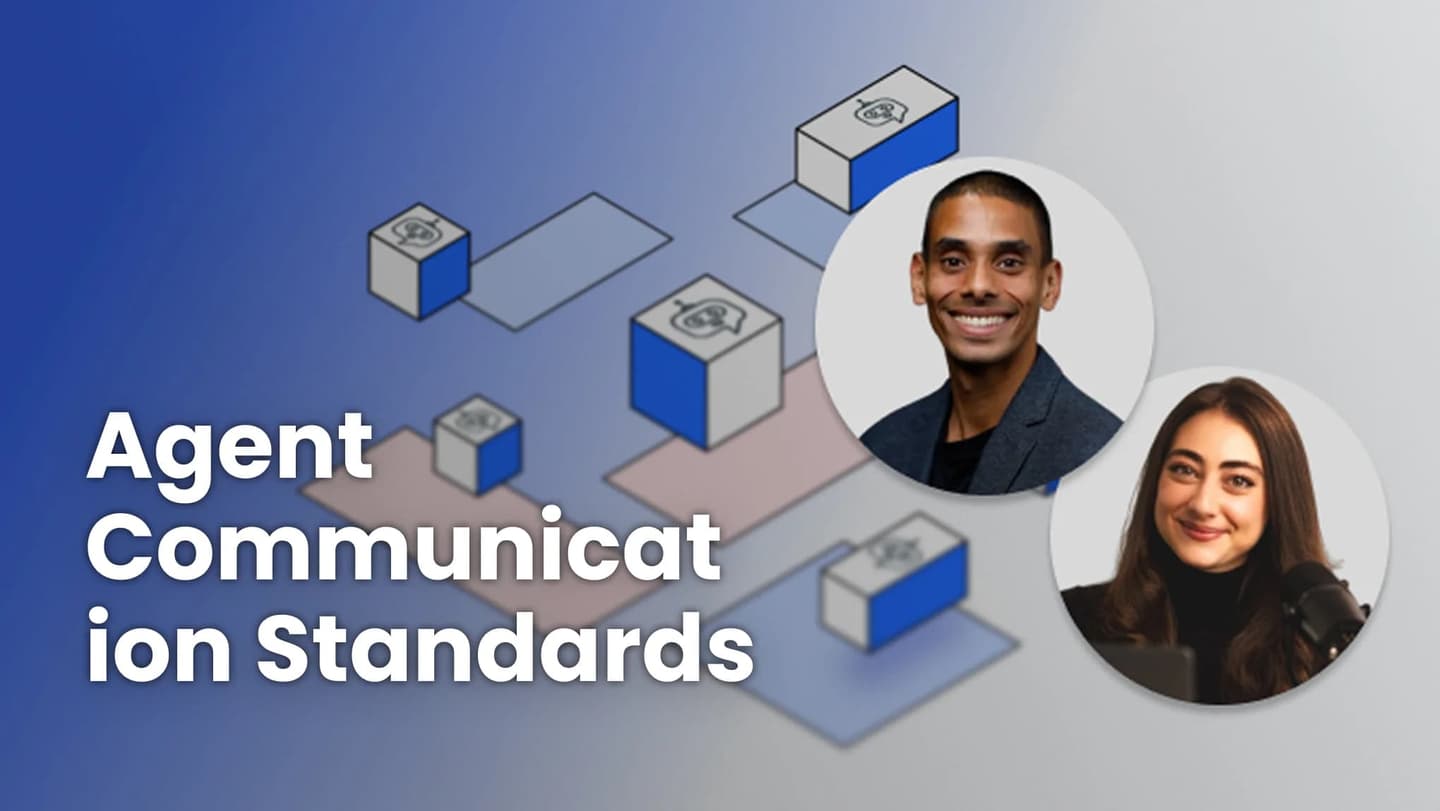Disclaimer: Starting September 1, 2025, the ACP team joined forces with Google’s A2A protocol team to develop a unified standard for agent communication. Learn more about the collaboration here. As a result, this course will be available for a limited time and will eventually be replaced by an updated course on the A2A protocol.
Introducing ACP: Agent Communication Protocol, a short course built in partnership with IBM Research’s BeeAI and taught by Sandi Besen, AI Research Engineer & Ecosystem Lead at IBM, and Nicholas Renotte, Head of AI Developer Advocacy at IBM.
Building a multi-agent system with agents shared across teams and organizations can be challenging. You may need to write custom integrations each time a team updates their agent design or changes the agent’s framework. The Agent Communication Protocol (ACP) is an open protocol that addresses this challenge by standardizing communication between agents. It provides a unified interface through which agents can collaborate regardless of their frameworks, making it easy to replace an agent with a new version without needing to refactor the entire system.
In this course, you’ll learn to connect agents through ACP. The protocol is based on a client-server architecture: you host an agent built with any framework inside an ACP server, and send requests to the server through an ACP client. You’ll learn how to wrap an agent inside an ACP server and set up an ACP client to connect to the server. You’ll build sequential and hierarchical workflows of agents hosted inside ACP servers, and learn how to manage this workflow on the client side through a process or another agent.
In detail, you’ll:
- Learn the underlying architecture of ACP and how it enables agents built with different frameworks to work together through a common interface.
- Understand the lifecycle of an ACP Agent (configuration, activation, discovery, execution), and how it compares to other protocols, such as MCP (Model Context Protocol) and A2A (Agent-to-Agent).
- Build a RAG agent with CrewAI and wrap it inside an ACP server.
- Define an ACP Client to make calls to the ACP server you created.
- Define another ACP server, built with Smolagents, and sequentially chain it to the RAG agent.
- Build a hierarchical workflow using a router agent that transforms a user’s query into tasks and delegates the tasks to agents available through ACP servers.
- Build an agent that uses MCP to access tools and ACP to communicate with other agents.
- Import your ACP agents to the BeeAI platform, an open-source registry to discover and share agents easily.
By the end of the course, you’ll know how to create ACP-compliant agents that can communicate regardless of their frameworks and collaborate to address queries.




